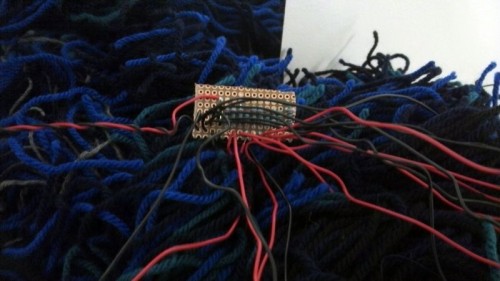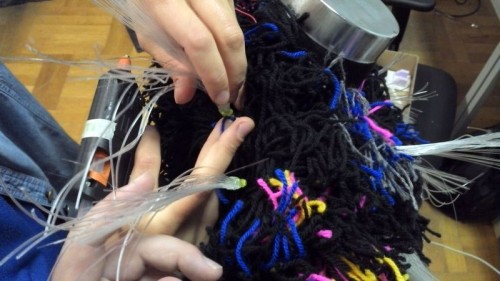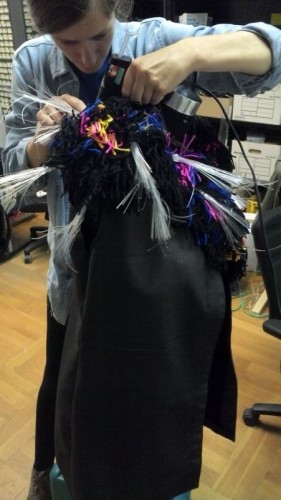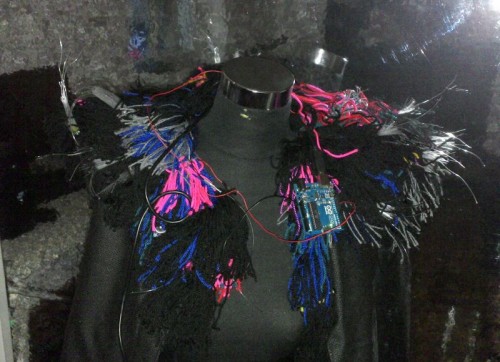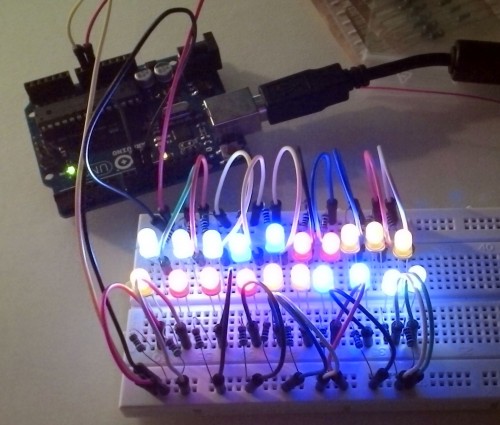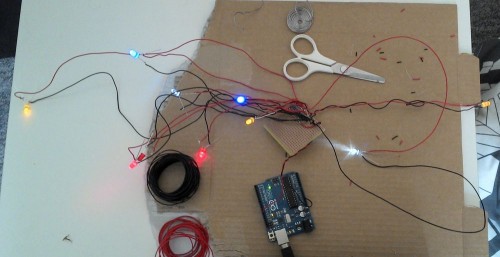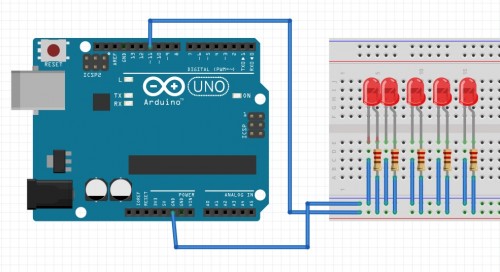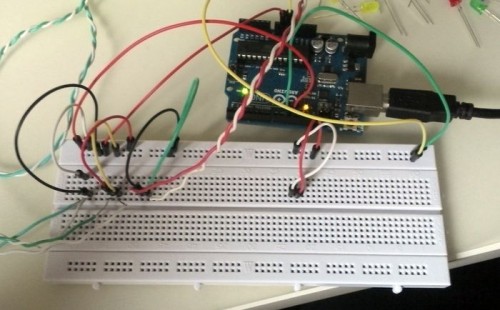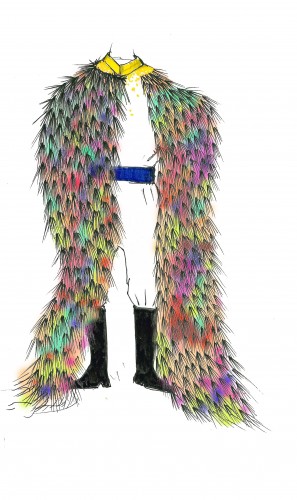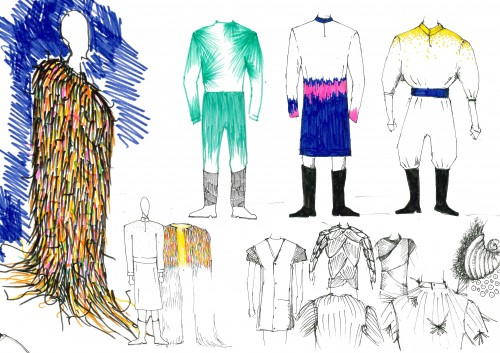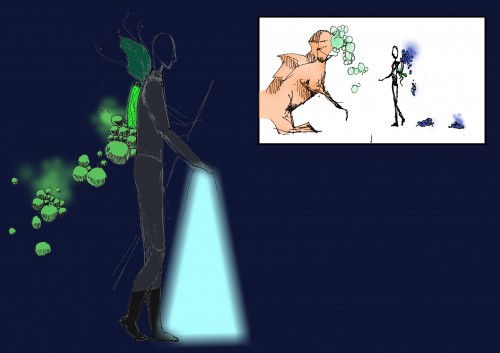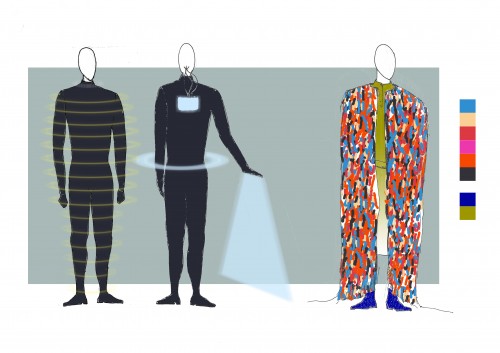Original: Vines, J., Denman-Cleaver, T., Dunphy, P., Wright, P. & Olivier, P. (2014). Experience Design Theatre: Exploring the Role of Live Theatre in Scaffolding Design Dialogues. CHI ’14 Proceedings of the SIGCHI Conference on Human Factors in Computing Systems. Pages 683-692.
Authors: John Vines, Tess Denman-Cleaver, Paul Dunphy, Peter Wright & Patrick Olivier
Keywords: Scaffolding, experience-centered design, theatre, care, older people, intergenerational
Summary: Experience Design Theatre with several diverse groups of people, different age, in the early beginnings of a design using experience-centered designs. In EDT small groups of participants are formed, which engage in a theater piece about the design of product, and then to share their concerns and aspirations with domain experts. Theatre gaining more and more importance in HCI.
Main Contents: For the development of a design different age groups are formed. Then the product, through experience-centered-design, role-play and non-scripted-live-theatre, evaluate. By the live theatre and improvisation, scenes can be changed individually, by sudden dynamics of the group to integrate the experiences of the people in a unfinished piece.
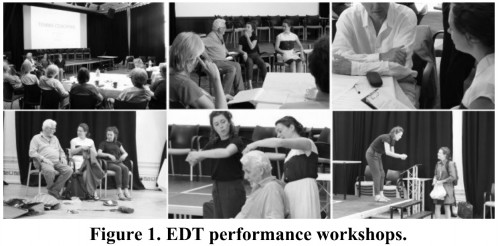
From the original paper: Experience Design Theatre: Exploring the Role of Live Theatre in Scaffolding Design Dialogues
In the Experience Design Theatre process all workshops and performances will be recorded to experience to conclude. It is improvised, with few rules and after the piece a new piece is then shaped it. There are 5 phases:
- Phase 1: Definition of situations and starting scenes
The responsible of the theatre will be trained how the design should look like and must be paid to what, then the people are selected according to various criteria.
- Phase 2: Rehearsal workshops
The purpose of the five workshops was to show some scenes and ask participants do help us redirect them to convey their own experiences of care.
- Phase 3: Performance development
Extracts of re-directed scenes and any missed details of contrasting view where reworked into a number of more developed episodes.
- Phase 4: Voice Validation Workshop
At the end of the performance participants were invited to voice their views on the performance.
- Phase 5: Public Voice Workshop
This is a public performance. The primary aim of this performance was to communicate to the domain-experts what the user experience of the design might be like. And generate discussion about the design implications.
“Live theatre provides a responsive space for sharing experiences between participants, designers and research teams and iteratively prototyping future experiences.”
Ideas for costume evaluation: The paper does not contain a lot of useful information that we can use in the final phase of the costume. In this excerpt, it was a matter that older people work with younger and reviews this design. In our project, it would be the actor and our group.

